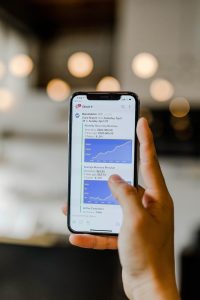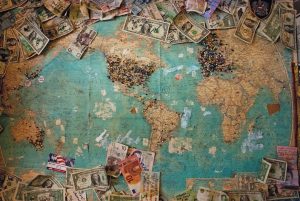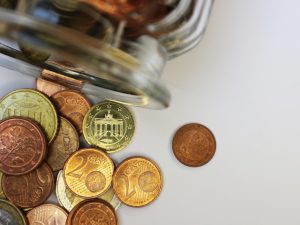Forex trading has become an essential part of the modern financial world, with millions of transactions happening every day. Banks are among the most active participants in this market, buying and selling currencies to manage their risks and generate profits. However, the question remains, where do banks buy and sell in the forex market?
To answer this question, we need to understand how the forex market works. Unlike the stock market, which is centralized, the forex market is decentralized, meaning that there is no central exchange where all transactions take place. Instead, the forex market consists of a network of banks, financial institutions, and individual traders, all of whom are connected via electronic communication networks (ECNs).
Banks are the most significant players in the forex market, accounting for over 50% of all transactions. They participate in the market in two ways: as market makers and as speculators. As market makers, banks provide liquidity to the market by quoting bid and ask prices for currency pairs. They earn profits by buying currencies at lower prices and selling them at higher prices, pocketing the difference or spread.
As speculators, banks buy and sell currencies to make profits from price movements. For instance, if a bank expects the value of the euro to rise against the US dollar, it will buy euros and sell dollars. If its prediction comes true, the bank will make a profit by selling the euros at a higher price than it bought them.
Banks trade forex through their trading desks, which are staffed with experienced traders and sophisticated trading systems. These desks are located in the bank’s headquarters or regional offices and are connected to the bank’s global network of trading partners via ECNs.
Banks use various strategies and techniques to trade forex, depending on their risk appetite, market conditions, and trading objectives. Some banks prefer to trade using fundamental analysis, which involves analyzing economic indicators, such as interest rates, inflation, and GDP, to predict currency movements. Others use technical analysis, which involves studying charts and patterns to identify trading opportunities.
Banks also use different trading instruments to buy and sell currencies, such as spot contracts, forward contracts, futures contracts, and options contracts. Spot contracts are the most common type of forex transaction, in which two parties agree to exchange currencies at the current market rate. Forward contracts allow banks to lock in a future exchange rate, while futures contracts and options contracts give banks the right to buy or sell currencies at a predetermined price and time.
Banks also buy and sell currencies in the interbank market, which is a network of banks that trade with each other directly. The interbank market is where banks get the best rates and spreads, as they are dealing with other large institutions that have high trading volumes.
Banks also buy and sell currencies in the retail forex market, where individual traders and small businesses trade currencies through online trading platforms. Banks participate in the retail forex market indirectly, by providing liquidity to forex brokers who offer trading services to retail traders.
In conclusion, banks are the most significant players in the forex market, buying and selling currencies to manage their risks and generate profits. They trade forex through their trading desks, which are located in their headquarters or regional offices and are connected to the bank’s global network of trading partners via ECNs. Banks use various strategies and techniques to trade forex, depending on their risk appetite, market conditions, and trading objectives. They also use different trading instruments, such as spot contracts, forward contracts, futures contracts, and options contracts, to buy and sell currencies. Finally, banks buy and sell currencies in the interbank market and indirectly participate in the retail forex market.






